Health sciences are one of the most popular topics in science news reporting, but many questions remain about how science is or is not used by communities to make health-related decisions. From disease awareness to nutrition, this session will cover communication of human and animal health sciences.
The session has three 15-minute talks, with 15 minutes of Q&A and discussion to conclude.
- Are we Foot and Mouth Disease ready? – Jennifer Manyweathers, Yiheyis Maru, Lynne Hayes, Barton Loechel, Jennifer Kelly, Marwan El Hassan, Rob Woodgate and Marta Hernandez-Jover
- Neurogastronomy, Nutrition and Nigella: Changing the Narrative in Public Communication of Nutrition – Catherine Lockley
- Expertise and communicating about infectious disease: uncertainty and inclusivity in discourse of veterinarians and horse owners living with Hendra virus – Jennifer Manyweathers, Mel Taylor and Nancy Longnecker
Session Producer
Research Program Committee
Session Chair
Linden Ashcroft, Lecturer, Climate Scientist and Science Communicator, The University of Melbourne
When: Wednesday 19th February, 9:30am-10:30am
Where: Room G01, Learning and Teaching Building, 19 Ancora Imparo Way, Clayton
Hashtag:


















